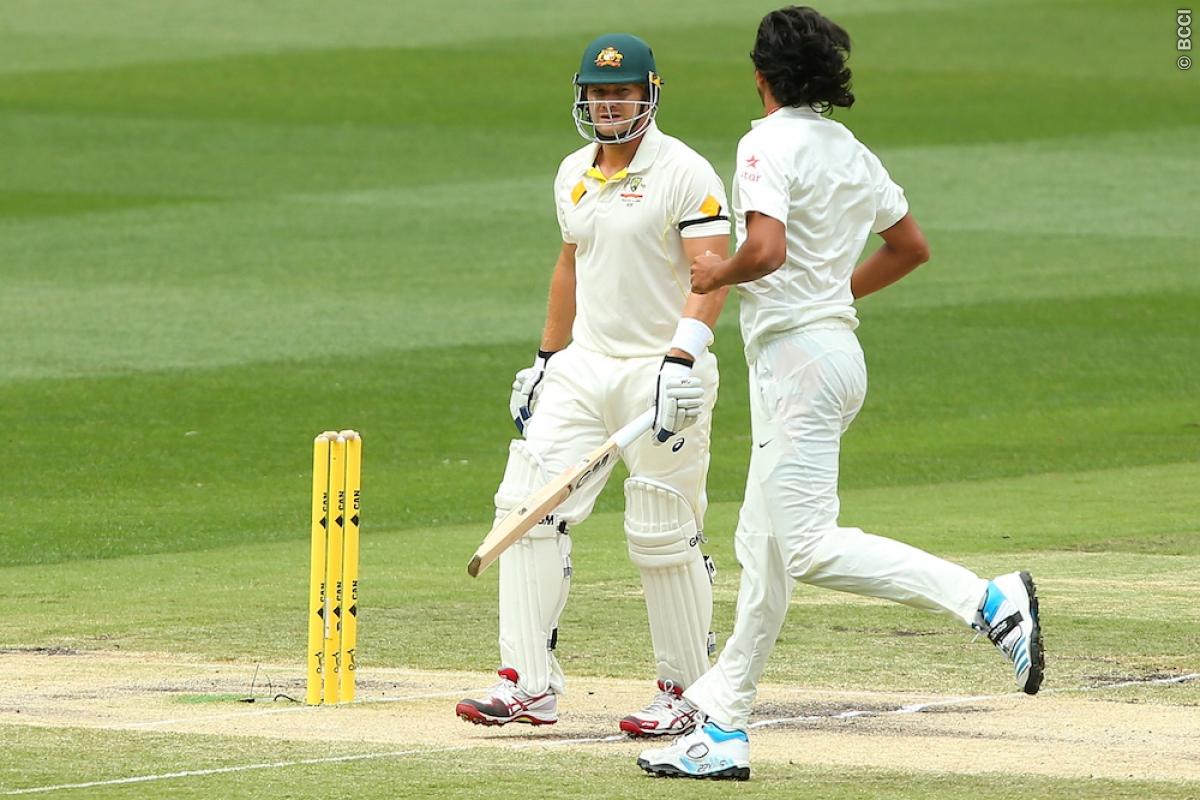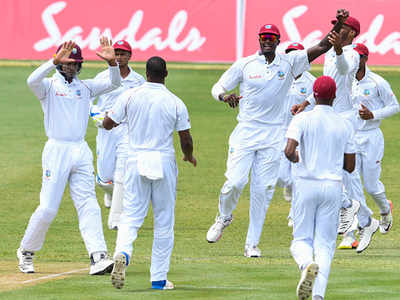
Is there something wrong with the Indian bowling attack? Do we have reason to cheer for the way they have bowled in Australia so far in the Test match series? Were they able to bowl-out the Aussies twice in a Test match? Before these questions are answered, it’s important to assess the current status of the Indian bowling attack. It’s encouraging that their performances show improvement. They were able to get 17 wickets in the ongoing Boxing Day Test in Melbourne. In the first Test match in Adelaide, the bowlers took 12 Australian wickets and in the second game in Brisbane, they had a slightly improved performance with 16 Australian scalps.
Despite this improved show, the Indian bowling does not come across as attacking. The bowlers aren’t asserting themselves over the captain regarding the kind of field placement they want. Somewhere, down the line, it appears as though there is a lack of spine. But on the fourth day of the third Test match, our Indian bowlers made a somewhat strong statement. All thanks to R Ashwin, Ishant Sharma and Umesh Yadav. They avoided bowling short and used the short ball only as a surprise delivery. The attitude of the Indian bowlers was certainly better.
The only disappointment was Mohd Sami’s bowling. With the kind of action he has, he can never bowl accurately and is prone to getting injured. An expert told Dr Cricket that Sami’s loading takes place behind his head and that is why a counter-rotation happens while he delivers the ball. The end result is that he doesn’t get the right line and length. Last year when he was asked to change his action, he refused to do so saying that he follows his childhood coach’s advice is so doing.
Coming to Ishant, it’s completely the opposite situation. His childhood coach, Sharwan Kumar, is yet to figure out the reason behind Ishant’s inconsistent performance. He hasn’t been in touch with Kumar since the last one-and-half year. When in Delhi, Ishant does bowling practice in Vasant Kunj – miles away from his coach. He doesn’t practice under anyone’s supervision in Delhi. Incidentally, Ishant is the most experienced fast bowler in the Indian team. His action is perfect, but he struggles with his line and length. The same bowler looks different when he is bowling a full-length delivery. It’s high time Ishant stops bowling well in patches and appreciates the contribution has can make to the Indian Test team by being consistent.
Now that’s something Ashwin shows signs of being completely aware of. He takes advice from his childhood coach from time to time and keeps doing research on how to improve his bowling. He is a thinking cricketer who is may have challenges adjusting between the demands of varied formats, namely Test and ODI cricket. Ashwin isn’t someone who struggles to change his tactics as per the need. The fact that he has too many variations means a lot goes through his mind. But he has been told by Sri Lanka’s Muttiah Muralitharan to concentrate on spot bowling so that he can get more consistent in the days to come.
Coming to Umesh, he is a pacer for India in Test cricket. He should be nurtured for the future. He has the right backing from his team and his state cricket association. His promise is the most positive bit about Indian bowling at the moment. Even the Australians would agree that Umesh is the bowler for India’s future. He was expensive in the Australian second innings on Day Four, but he took two wickets like Ashwin and Ishant. These bowlers will probably get a thank you card from Mitchell Marsh for allowing him to make a Test career saving knock for his team! With Day Five promising to be an exciting day, all eyes will be on the Indian batting, with keen attention on the contest between Virat Kohli and Mitchell Johnson.







